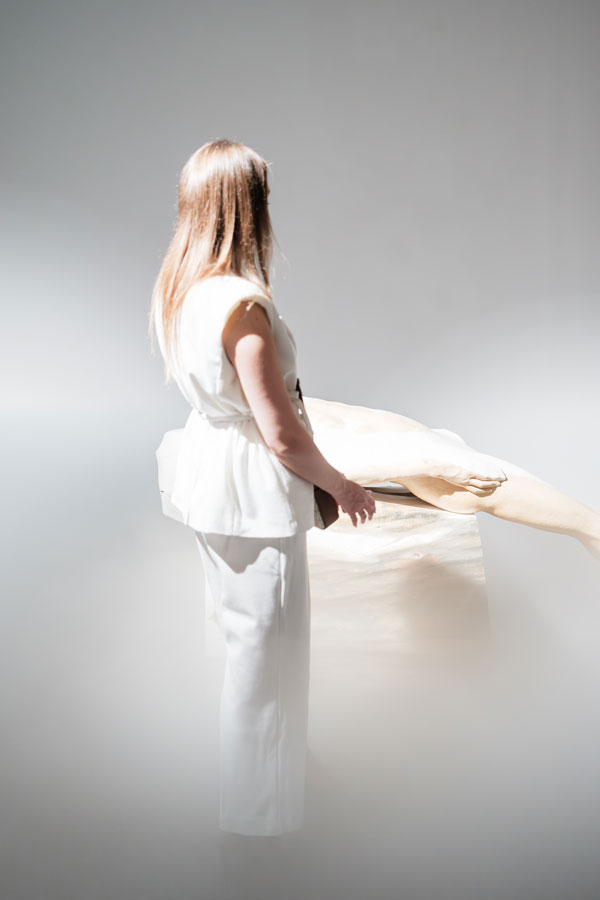
You can browse and purchase artworks from our Gallery through our online shop or by contacting us directly.
No, SoA HUB Gallery represents both local and international artists. Our artists come from different corners of the world, which makes our offer diverse and inspiring.
Yes, our experienced experts are ready to assist you and advise you on the selection of works of art. We are happy to share our knowledge and passion to help you find a piece that perfectly suits your preferences and space.
We organise exhibitions and artistic events on a regular basis. Details are always available on our blog.
Yes, our Gallery offers art digitisation services, which allow for the archiving and presentation of artworks in digital form. In addition, we work with professional craftsmen who frame artworks, ensuring that they are properly highlighted and protected.
Yes, we provide certificates of authenticity for all purchased works of art. This ensures that each work comes directly from the artist and is original.
To contact us, you can use the contact form on our website, send an e-mail to our address, or call our gallery. Our team will answer your questions and provide you with all the assistance you need.
Yes, we accept credit card payments. Other payment methods, such as bank transfer, are also available. We provide secure and convenient payment methods to make it easy for you to purchase artworks.
We invite you to register an account as an Artist. The registration link can be found in the footer of our shop in the FOR ARTISTS section.
Art galleries and museums are institutions dedicated to art, but they differ in many ways: Mission and purpose: Art galleries focus on promoting and selling contemporary works by artists, while museums aim to educate, preserve and present cultural and historical heritage. Collections: Galleries typically showcase the work of living artists, often changing exhibitions to promote new talent. Museums have permanent collections of historical and contemporary artworks that are part of their holdings for the long term. Financial model: Art galleries earn money primarily through the sale of artworks. Revenue comes from buyers, and a portion of the proceeds goes to the artists. Museums are usually funded by public funds, private donations and admission fees, if charged. Many museums operate as non-profit organisations. Educational function: Museums place a strong emphasis on education, offering educational programmes, workshops, lectures, and informational materials for visitors. Art galleries may also organise educational events, but their primary focus is on promoting and selling art. Exhibition space: Art galleries typically have smaller, more intimate exhibition spaces that are adapted to changing exhibitions. Museums often have large buildings with multiple themed galleries that allow for the display of both permanent collections and temporary exhibitions.
Availability of works: In art galleries, works are available for purchase, which means that collectors can buy them directly. In museums, works are part of a public collection and are not for sale, although museums sometimes organise special charity events or auctions. Role of the curator: Curators in art galleries often act as intermediaries between artists and collectors, helping to sell and promote works. In museums, curators have a more scientific and educational role, dealing with research, conservation and interpretation of works of art. Art galleries and museums have different goals, financial models and functions, although both institutions play an important role in the art world, promoting its diversity and accessibility to a wide audience.

